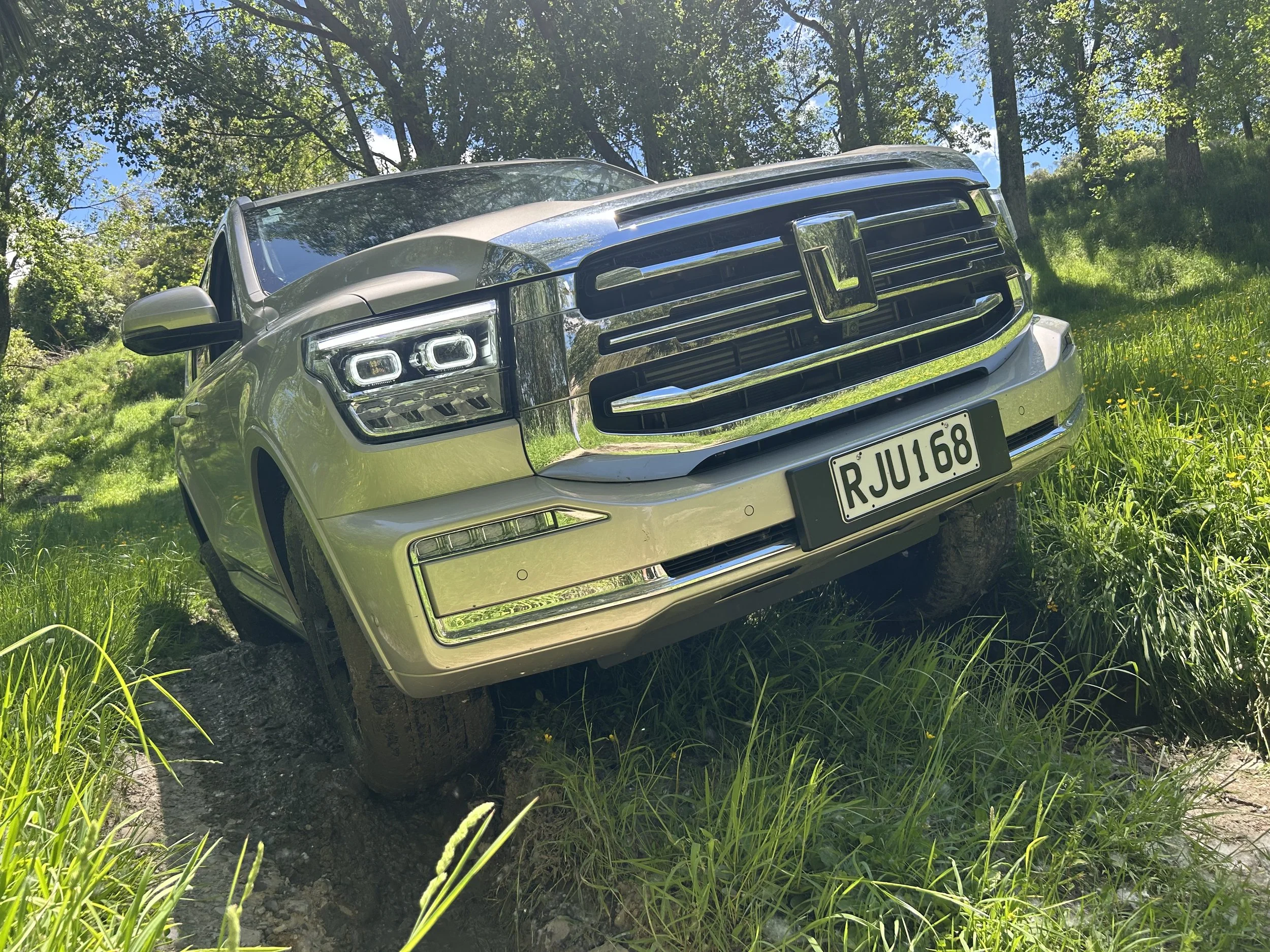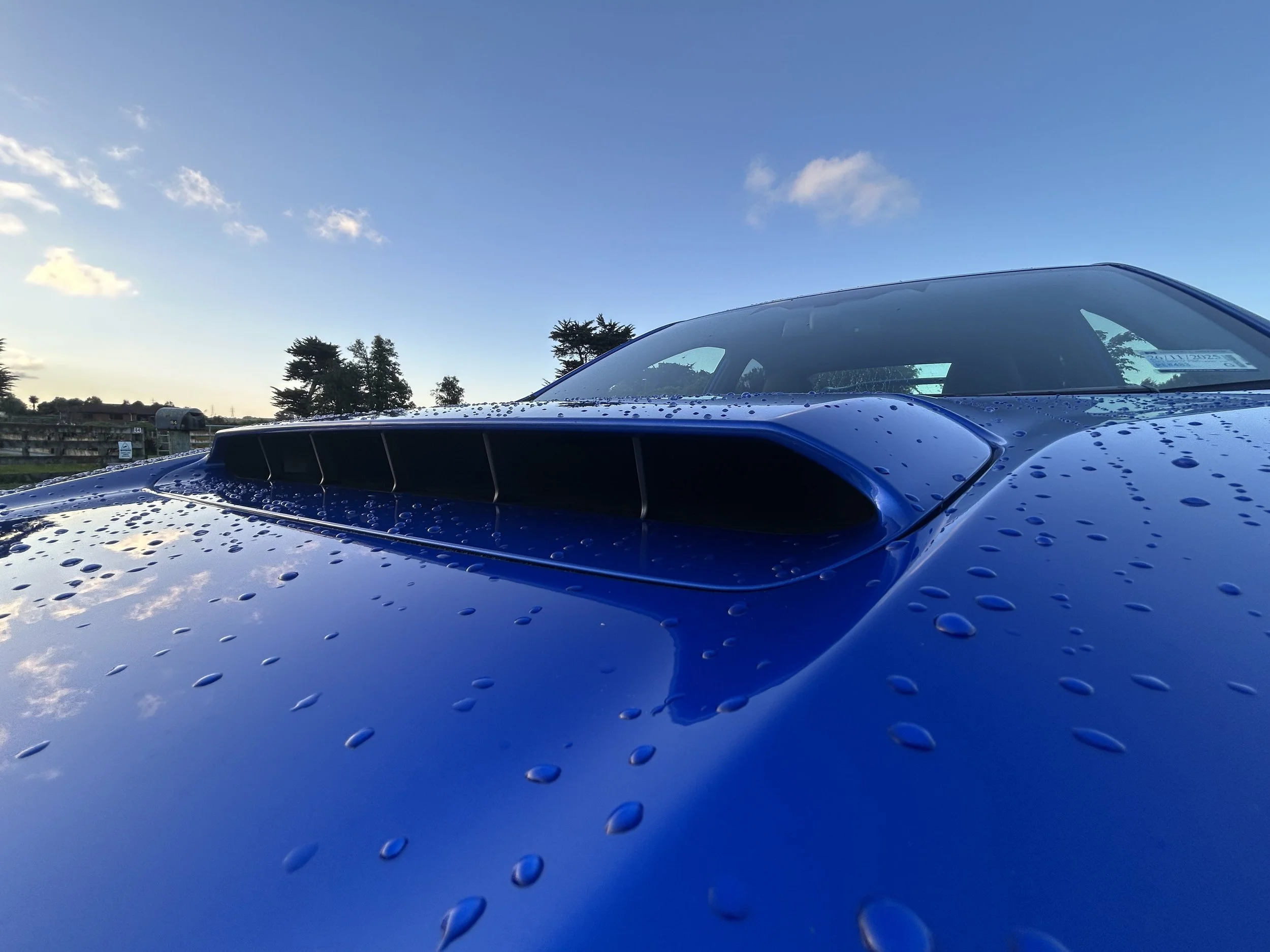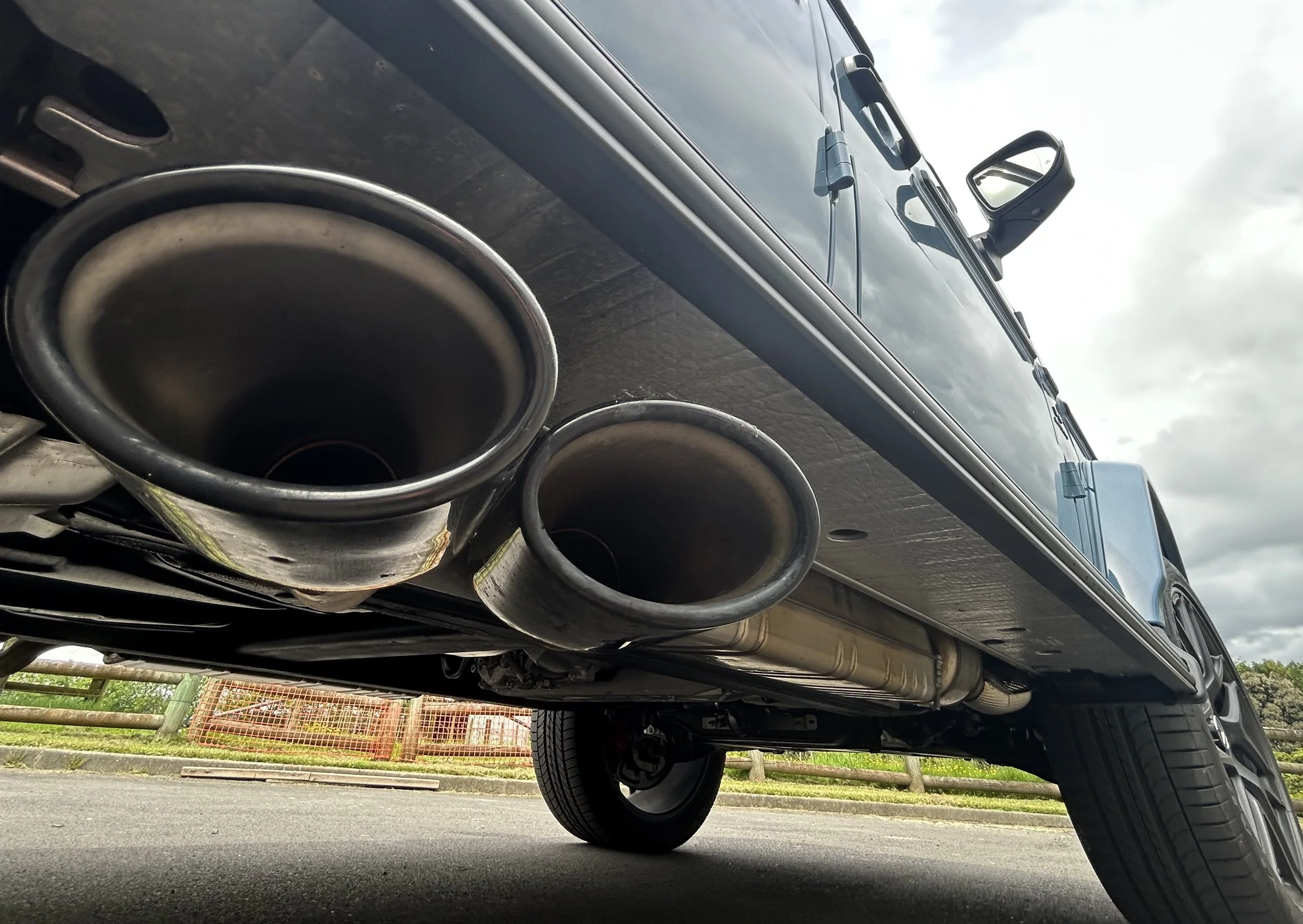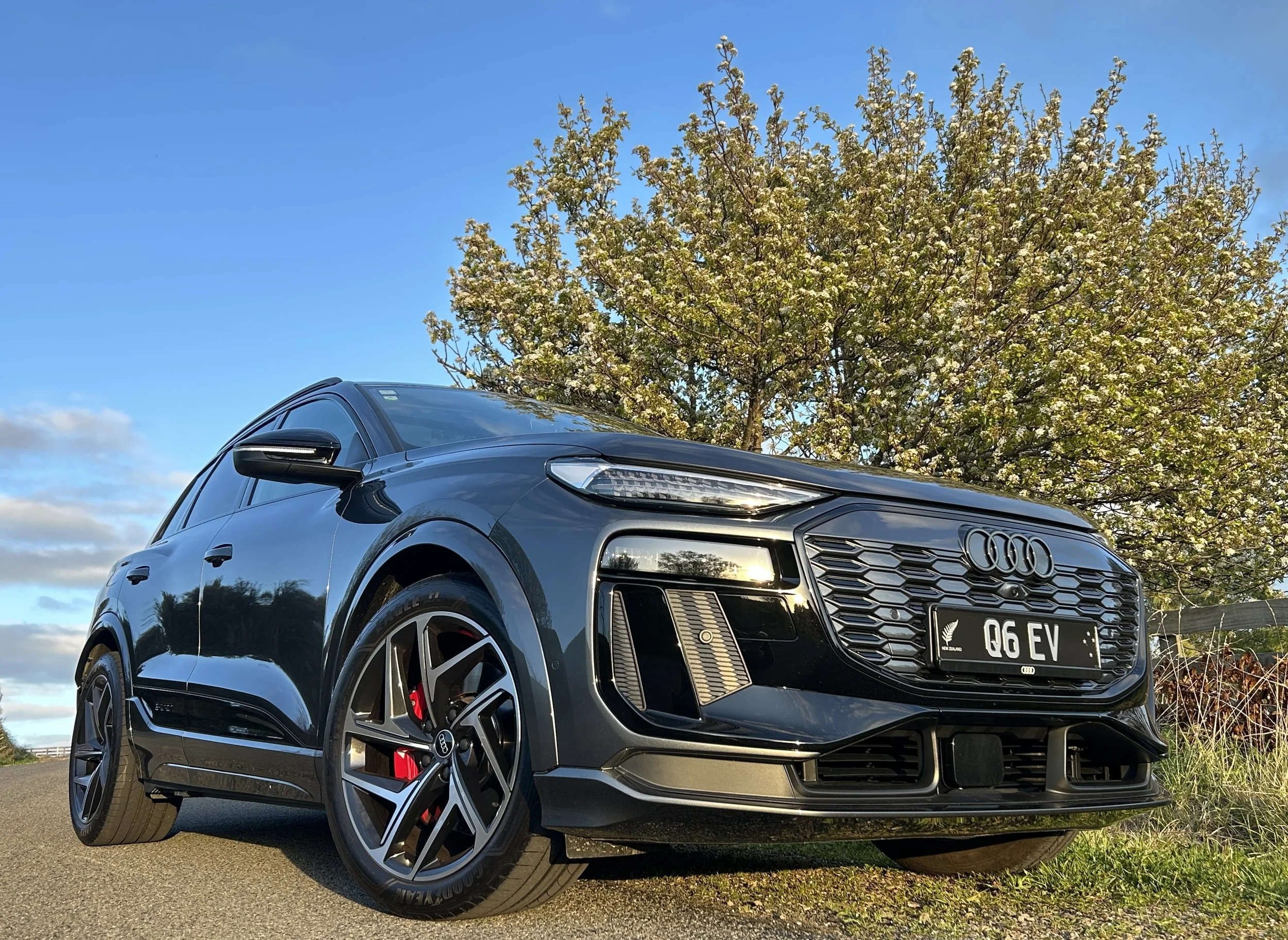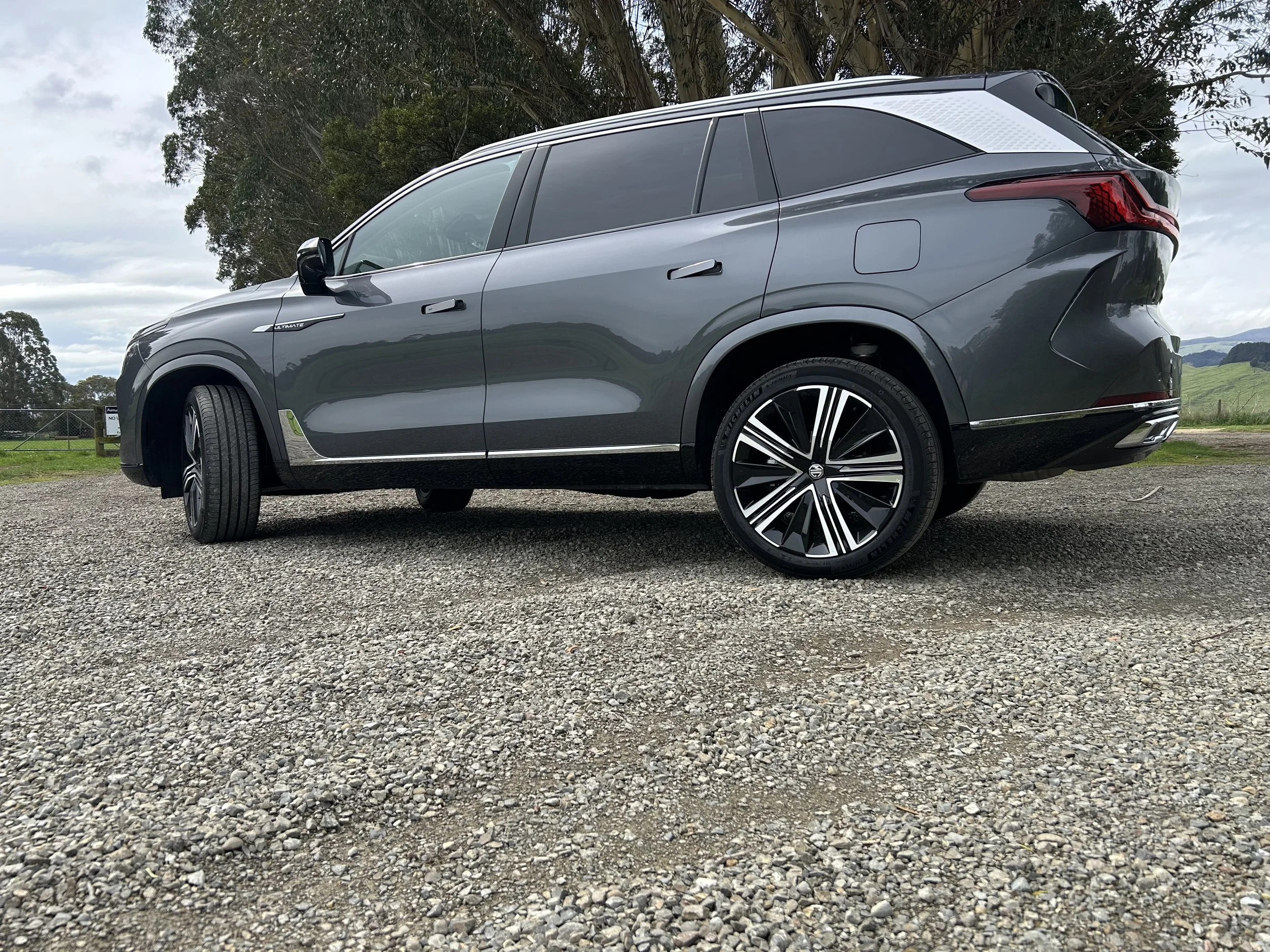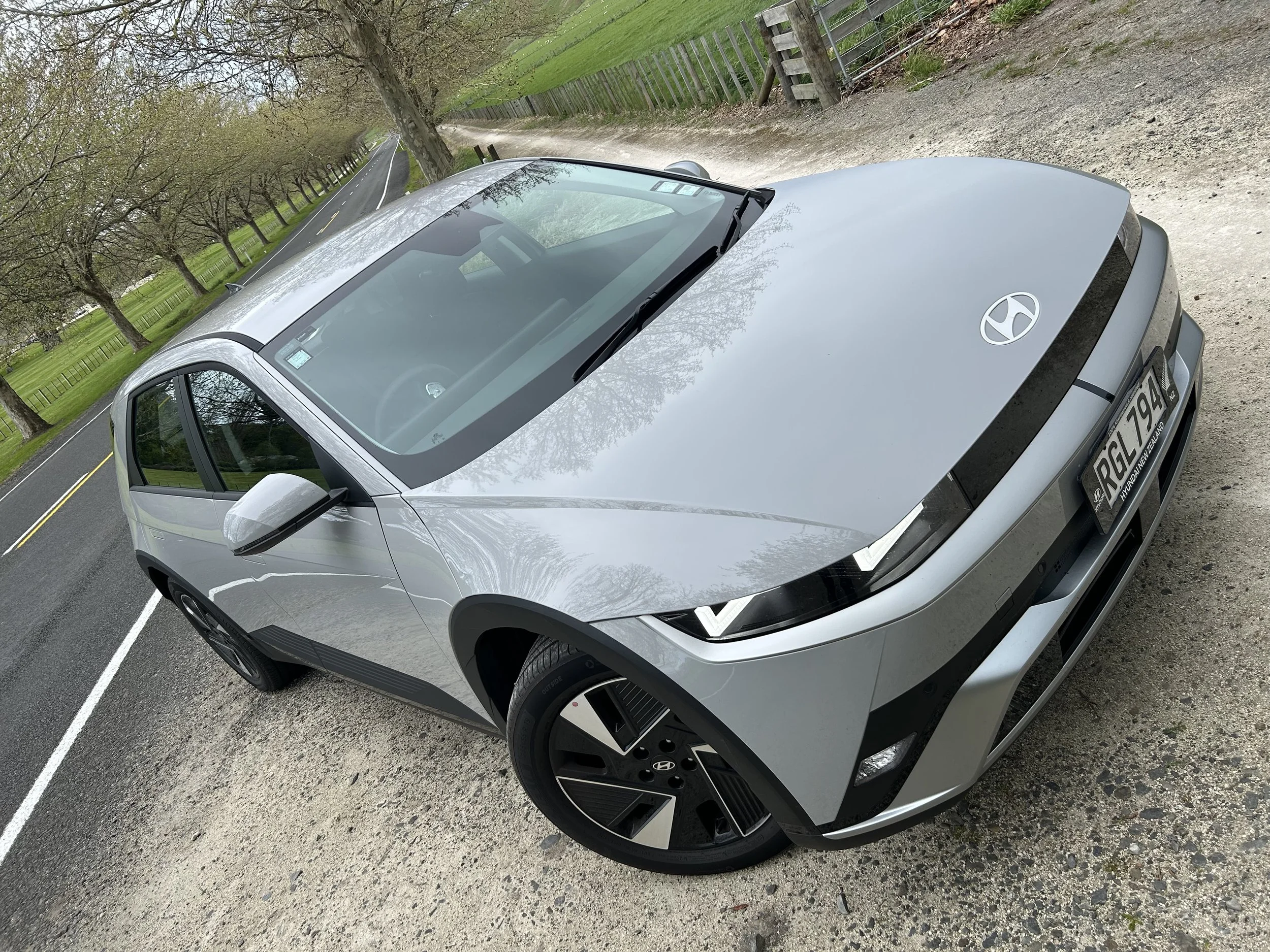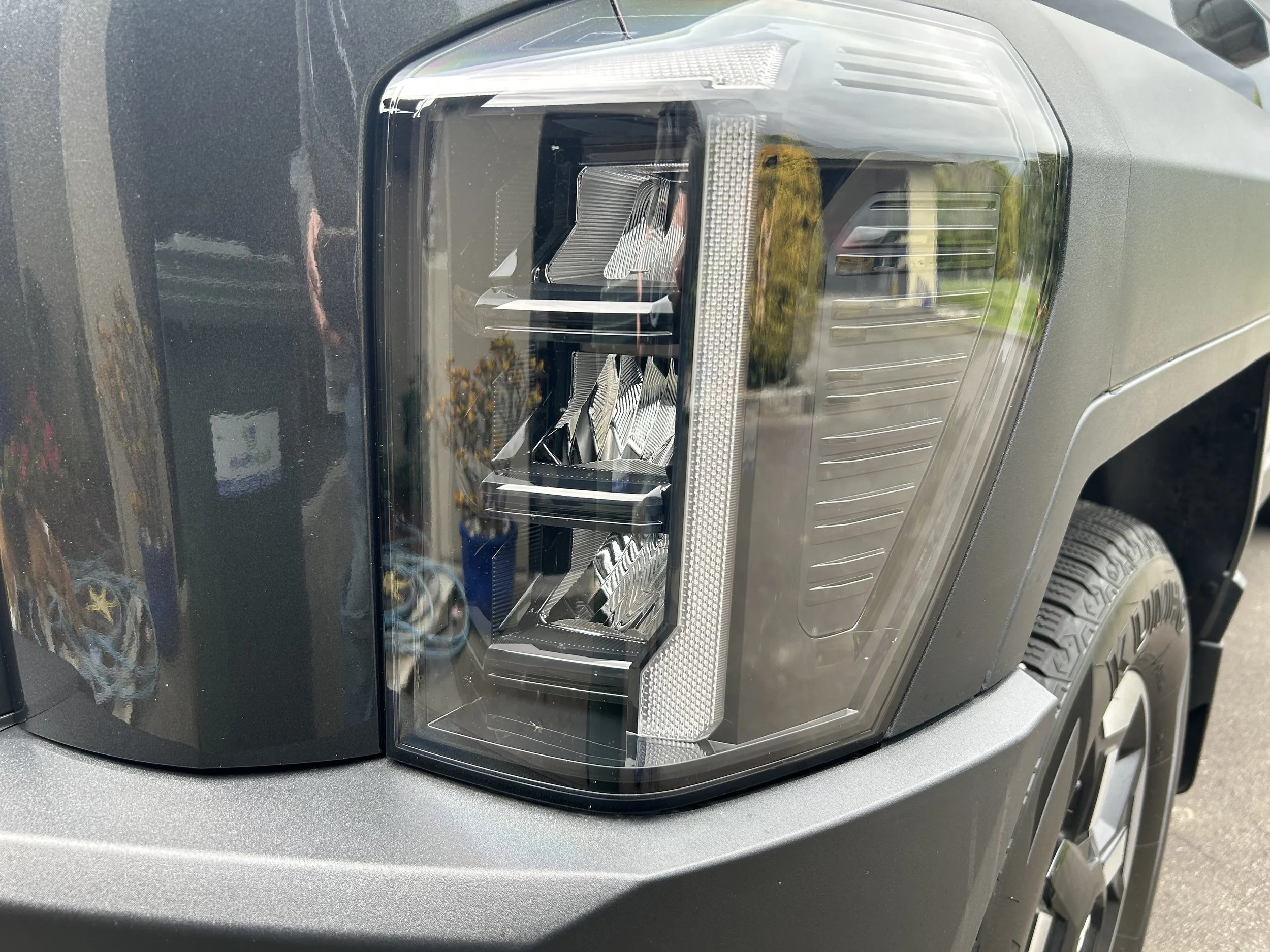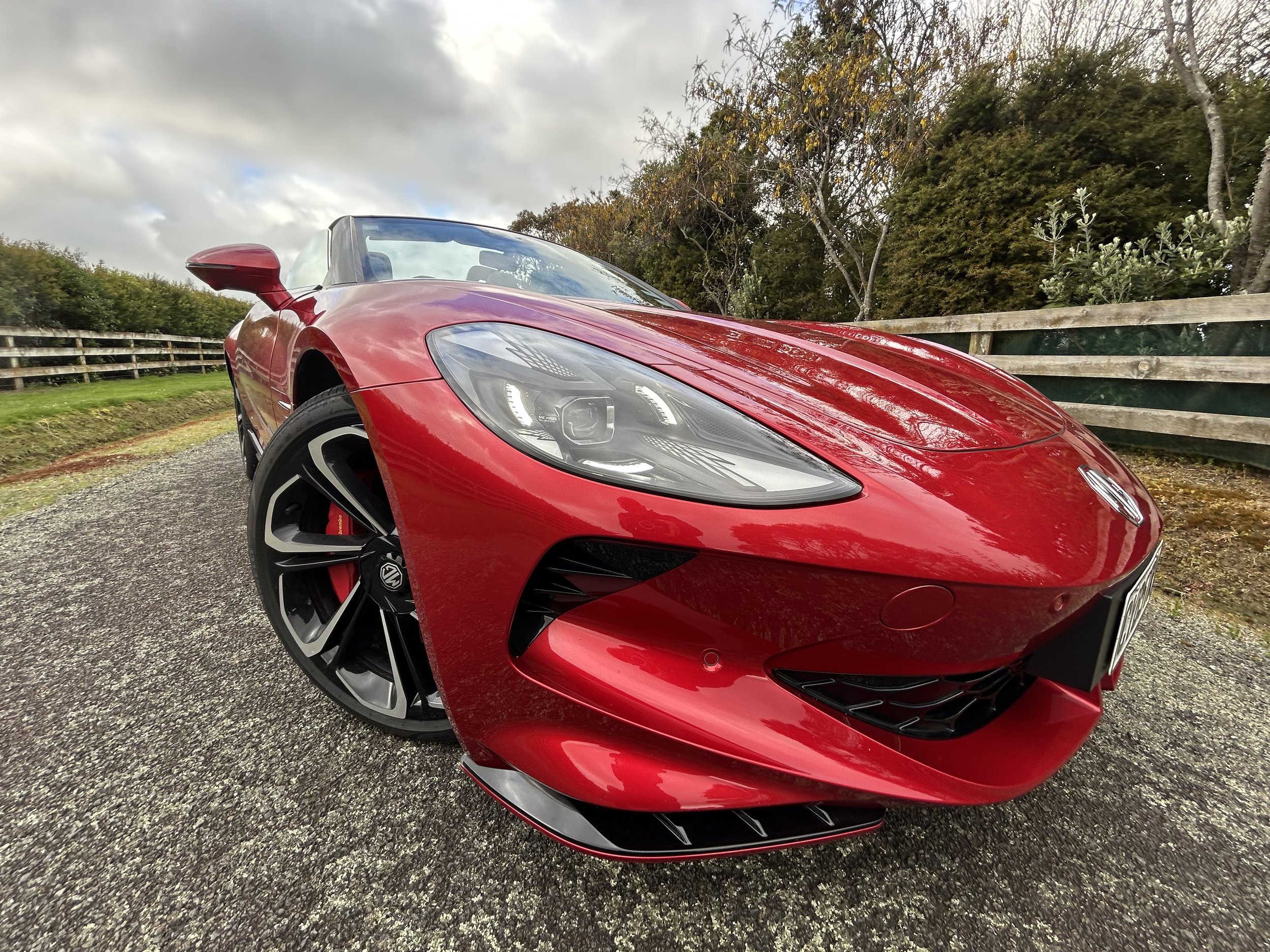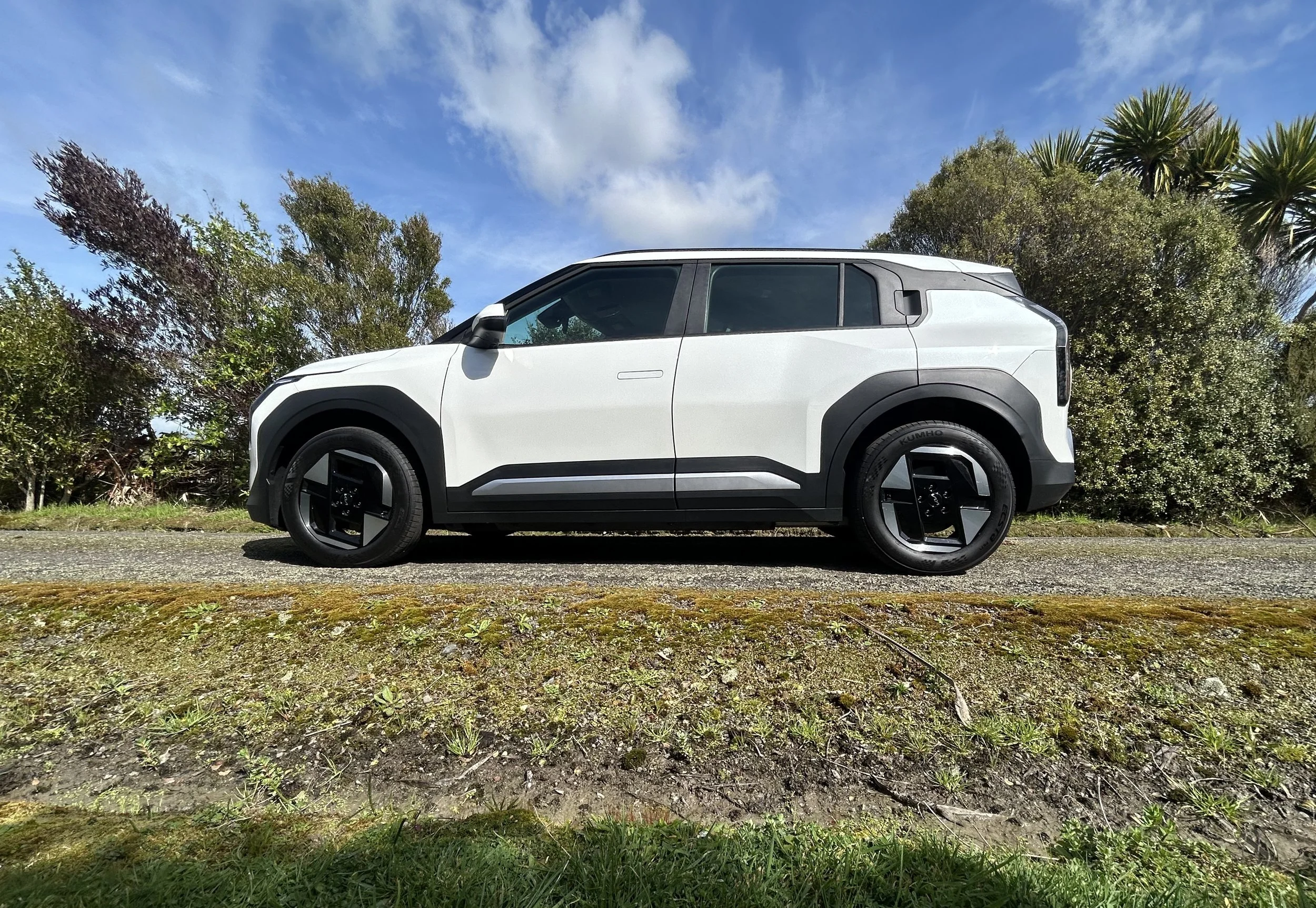The Duesenberg era was short, but made powerful impact
/The rich and famous, including many of Hollywood’s most glamorous, bought the cars in all manner of body styles, ranging from brash two-place roadsters to long, elegant limousines.
THIS company had burst on the scene, streaked toward the heavens, and was nearing a crash all in less than a decade.
One division produced vehicles that had become synonymous with speed, style, and performance. It had even become a part of the American lexicon and a comparative as the word ‘doozy’ was derived from Duesy, the nickname given the mighty Duesenberg.
Born in Lippe, Germany, the Duesenberg brothers Frederick, and August came to America as children in the 1880s. The immigrant family settled in Rockford, Iowa, the heart of farm country, fortuitous for the inquisitive brothers. Fred lacked formal training and was largely self-taught yet by age 17 he was making sizable contributions to the family’s income by repairing farm machinery and building windmills. Soon Augie was lending his skills to the endeavor and learning from his older brother.
When bicycle mania began sweeping the country in the 1890s, the brothers established a repair shop. Then they began customising and racing bicycles, and then they launched the manufacture of a bicycle that they had designed.
As with the automobiles that they would later build, the bicycles creation was rooted in experience gained through racing. By 1900 they were adding gasoline engines and transforming the bicycle into a motorcycle. Financial success from the endeavor proved elusive and in 1903 the Duesenberg brothers bicycle business ended with bankruptcy.
But the brothers landed on their feet. In 1902, Fred relocated to Kenosha, Wisconsin, and went to work as a mechanic for Rambler. Then before the ink was dry on the bankruptcy, they had opened a garage and were specialising in the transformation of cars into performance machines. This brought them to the attention of a wealthy Iowa attorney, Edward Mason, who was obsessed with automobile racing.
It was a questionable and shaky partnership but the blending of Mason’s money, and that of some of his friends, and the Duesenberg’s mechanical prowess resulted in the launching of the Mason Automobile Company in 1906.
It was advertised as "The Fastest and Strongest Two-Cylinder Car in America," a claim built on a series of successful entries in hill-climbing events and races. The zenith for the Mason company came in 1912 when the Duesenberg’s took their first shot at the Indianapolis 500, nearly qualifying a highly modified four-cylinder model.
The following year the brothers left the company, relocated to Minnesota, and established the Duesenberg Motor Company to produce high performance four-cylinder engines like that used in the Indianapolis 500 Mason. Fred’s reputation as a gifted mechanical engineer soared. Augie had proven himself to be a craftsman. And so, their company prospered with the manufacture and sale of their engines for automobiles and boats, all of which the brothers promoted through racing.
With the advent of WWI, they turned their attention to the development of aircraft engines and relocated their company to Elizabeth, New Jersey. One of their projects included a collaboration with Bugatti on the development of a straight-eight engine. And at the end of the war that engine design would serve as the cornerstone for the brothers building a revolutionary straight eight powered car.
In 1920, the brothers debuted that vehicle with an overhead valve straight-eight engine and the first four-wheel hydraulic brakes on an American car. The body styling was worthy the advanced mechanics of the car but the timing for the launch of a new car company could not have been worse; the post war economic recession was gaining strength.
Magnifying the company’s problems was Fred's obsessive perfectionism that led him to redesign the engine as an overhead cam unit just as advance orders were being taken. As a result production was postponed until 1922. In turn this precipitated a battle with investors in the Duesenberg Automobile and Motors Corporation.
Only 600 Model A Duesenbergs were produced in the next five years. They were expensive, stylish, and race proven. The crowning achievement was a race tuned prototype driven to a first-place finish at the French Grand Prix. The brothers approached business as they did with racing - unbridled optimism, outside of the box creativity, boundless energy, and overextension of resources. It was not uncommon for Fred and Augie to lead a team on a 72-hour working spree to transform an idea into a reality.
Obviously, this was not a formula for a company to financially succeed. Enter E.L. Cord, the young whiz kid that transformed Moon, and then resurrected Auburn from a moribund company to major automobile manufacture. Cord acquired controlling interest in the Duesenberg company and merged it into an Auburn combine. Then in 1929 he added the revolutionary front-wheel drive Cord to the stable. With Cord at the helm Duesenberg was transformed into the ultimate luxury performance brand.
Cord tasked the Duesenberg brothers with but one task, build the fastest and most luxurious car in the world. And so, as money was no object, Fred and Augie applied all of their skill and talents, and harnessed Fred’s perfectionism. The now legendary Model J debuted on December 1, 1928 at the New York Automobile Salon.
The Model J was mechanical perfection personified. With exception of the limited production SJ and SSJ models, and modified racers it would continue in limited production until the collapse of E.L. Cord’s automotive empire in 1937.
Every aspect from styling to mechanics were stunning. Under the hood was a massive 420-c.i.d. (7-litre) straight-eight, twin-cam overhead valve engine. It was a glorious piece of mechanical sculpture. The immense block was painted in the trademark Duesenberg green and adorned with flawlessly machined aluminum camshaft towers, intake manifolds, and external pump housings.
It was outfitted with an array of revolutionary gadgets such as an automatic chassis-lubricating system. Unlike the stately, almost dowdy Model A, the new car was an artistic masterpiece with sensuous lines that accentuated the nearly 20 foot-long car. The prow was a bold, upright radiator. The sales price was as astounding as the car; $US8500. As a comparison a new Ford roadster could be bought for $US385.
They were beautiful automobiles with bodies designed by Gordon Buehrig, or by a factory approved list of custom coachbuilders including Le Baron, Derham, Murphy, Brunn, and J. Gurney Nutting. But it was the Duesenberg’s speed and power that captured the imagination of the world. The company claimed 265 horsepower, enough to propel the four-thousand pound plus beast to speeds of more than 110 miles per hour. In head to head competition it outperformed every luxury automobile built anywhere in the world.
“He drives a Duesenberg” became the simplistic advertising slogan for the Model J, which was openly claimed to be “the world’s finest motor car.” The rich and famous, including many of Hollywood’s most glamorous, bought the cars in all manner of body styles, ranging from brash two-place roadsters to long, elegant limousines. In May 1932 Fred improved on perfection and introduced the Model SJ, a centrifugal supercharged version of the J that was rated at 320 horsepower in production form. It could be ordered in a special 400 horsepower competition version.
Stock sedan bodied models were tested to 104 miles per hour in second gear and almost 140 miles per hour in high gear. Lighter bodied roadsters were clocked with 0-100 miles per hour times of seventeen seconds. In 1935, Ab Jenkins, a famous endurance driver, took an SJ with a lightweight body to the Bonneville Salt Flats and averaged 135.47 miles per hour for twenty-four consecutive hours. During a one-hour sprint he sped across the salt at 152.1 miles per hour, and he was clocked at over 160 miles per hour during a short burst. The Duesenberg SJ reigned supreme as the fastest production car then in existence.
Tragically Fred Duesenberg never lived to see these accolades for his masterpiece. Three months after the SJ was introduced, he crashed one of the cars while descending Ligonier Mountain near Johnstown, Pennsylvania on the Lincoln Highway. He died weeks later of complications from injuries suffered in the wreck. Augie would live until 1955 and would continue working to develop performance automobiles.
There is one more chapter in the Duesenberg story. It was written in 1935. Gary Cooper, one of Hollywood’s top stars, entered the Duesenberg showroom in Los Angeles and examined a short, 125-inch bare chassis SJ that had been built for display purposes.
Cooper purchased the display and paid to have it shipped back to LaGrande in Indiana, where a lightweight roadster body would be installed. This was the SSJ (for “Short Supercharged J”). A second car was ordered by Clark Gable, also a loyal Duesenberg customer. These were the only SSJs that would ever be fabricated, and they remain perhaps the most glamorous and valuable of the Duesies built.
In desperation to save his company, and to maintain the prestige of the Duesenberg brand, Cord assigned Buehrig to create a “Baby Duesenberg” which could be sold at a price more competitive with the top of the line Packard, Pierce Arrow and Stutz. The car came to market in 1936 as the Cord 810/812, the now classic front wheel drive “coffin-nosed” sedans and roadsters with hidden headlights.
Neither speed, luxury, nor Cord’s business acumen could save Duesenberg or the company. By mid-1937 the Auburn-Cord-Duesenberg empire was placed in court ordered receivership. Aside from the treasured cars that grace automotive collections what remains is a simple phrase, “It’s a doozy” as testimony to the ultimate automobile.
Written by Jim Hinckley of jimhinckleysamerica.com









